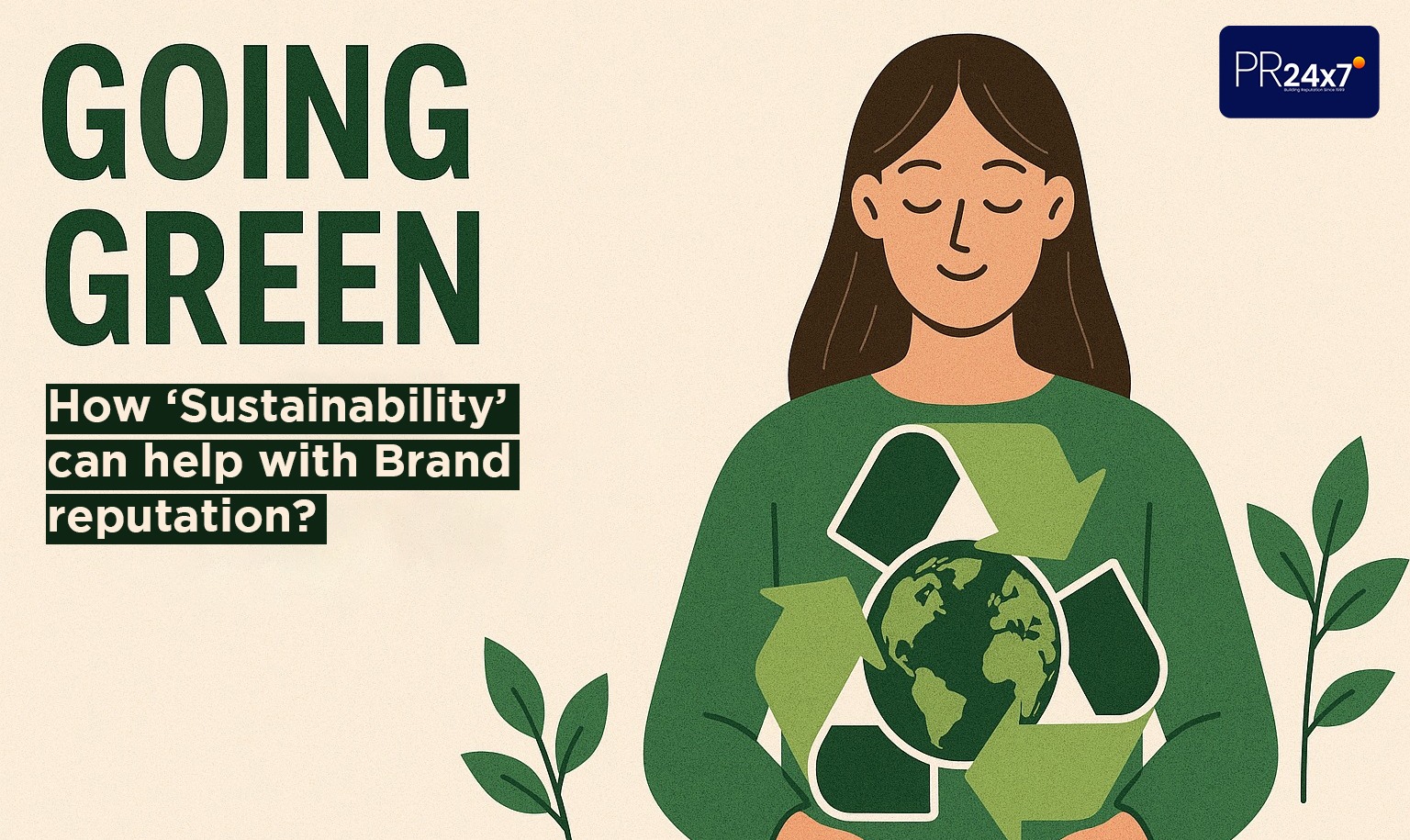
Sustainability- a word that has gained sudden recognition in recent years, has become the new anthem everyone seems to be dancing to. Brands, too have joined this chorus, launching various products or campaigns wrapped in a promise of being clean and green. Today, companies are investing their time, attention, and resources to embed environmental and social responsibility into their business practices.
From packaging to promotions, they are showcasing their commitments with claims such as ‘environmentally sustainable’, ‘ESG Friendly’, and ‘eco-friendly’, among others. And voila! The results are evident – walk down the aisle of the grocery store and you will find yourself surrounded by various products proudly flaunting their green batches of honor.
Do consumers really care for the earth? Do they go through the details of the product looking for sustainability proof?
Let’s consider what a common man wants as his daily needs today. With so much talk about a clean and green environment, consumers have become somewhat knowledgeable about ESG-friendly products. Also, as lives today are becoming busier, with the advancement of technology, the idea of using ESG-friendly products has taken root in the minds of the people.
Today, consumers are no longer limited to functional items, but they now include emotional and intangible benefits. They now value brands and products for their ability to bring joy and new experiences to their lives. Something that connects with their values as individuals, or by serving a higher purpose for society or the planet.
Let’s understand this more clearly. As per Sustainability Magazine,
“More than 160 fashion brands have signed up to non-profit The Fashion Pact, which pledges to reach net-zero carbon emissions by 2050, have 50% renewables in their own operations by 2025, and 100% by 2030 – with around a third of members already achieving the target in 2020.”
It won’t be wrong to say that brands are also setting science-based targets (SBTi) and are going green wholeheartedly!
Transparency is the key.
Claiming being ‘ESG friendly’ would no longer suffice. With growing consumer awareness, brands are moving beyond surface-level claims of ‘being green’, and are adopting genuine sustainability practices. Further, they are coming up with various data-backed resources and meaningful action, as they have received the memo that transparency in environmental practices is indeed a good way to build consumer trust.
Clean and Green Innovation Ideas
Brands today are increasingly championing innovation in clean energy and sustainable technologies and methods as proof of their commitment to Mother Nature.
Building a Green Brand
Brands are adopting sustainability to the core starting from the product formulation to marketing mix and even to the packaging of products.
Beyond just achieving commercial success, sustainable marketing plays a crucial role in addressing the pressing environmental challenges our world faces. By weaving sustainability into their strategies, brands not only remain relevant and accountable but also demonstrate resilience in an ever-evolving marketplace. This approach reflects a deep understanding of the responsibility we all share in nurturing our planet for future generations.
The rising demand from environmentally conscious consumers for green brands is a powerful testament to the change we can inspire. By choosing sustainable products, consumers are not just making purchases; they are investing in a brighter future. Brands that embrace these values do more than stand out—they become pioneers of progress, unlocking new markets and earning the enduring loyalty of customers who believe in their mission. Together, we can create a world where sustainability leads the way to prosperity and positive impact.